Program description
Released in February 2000, Windows 2000 is an operating system developed by Microsoft as part of its Windows NT family. It was marketed as a business-oriented operating system for enterprises, providing high levels of security, reliability, and performance.
Some of the key new features in Windows 2000 included Active Directory, an LDAP-based directory service for centralized identity and access management, Group Policy for managing user desktop environments, encrypting file system (EFS), and Internet Information Services 5.0.
It was available in 4 editions – Professional, Server, Advanced Server, and Datacenter Server. Windows 2000 received widespread adoption in businesses and organizations, allowing them to migrate from the older Windows NT 4.0. It proved to be a popular and stable server OS.
Mainstream support lasted until 2005, while extended support ended in 2010. Overall, Windows 2000 represented a significant enhancement for business computing at the time, before newer server editions like Windows Server 2003 and Windows Server 2008 arrived.

Technical characteristics
- Kernel – Windows NT kernel version 10.0. Builds on the core kernel of Windows 10 for stability and security.
- Processor Support – Supports x64 processors only. No support for 32-bit or Itanium processors anymore. Leverages 64-bit enhancements.
- File system – Uses NTFS file system by default for stability and features like encryption, compression, permissions etc. Also supports ReFS in Datacenter edition.
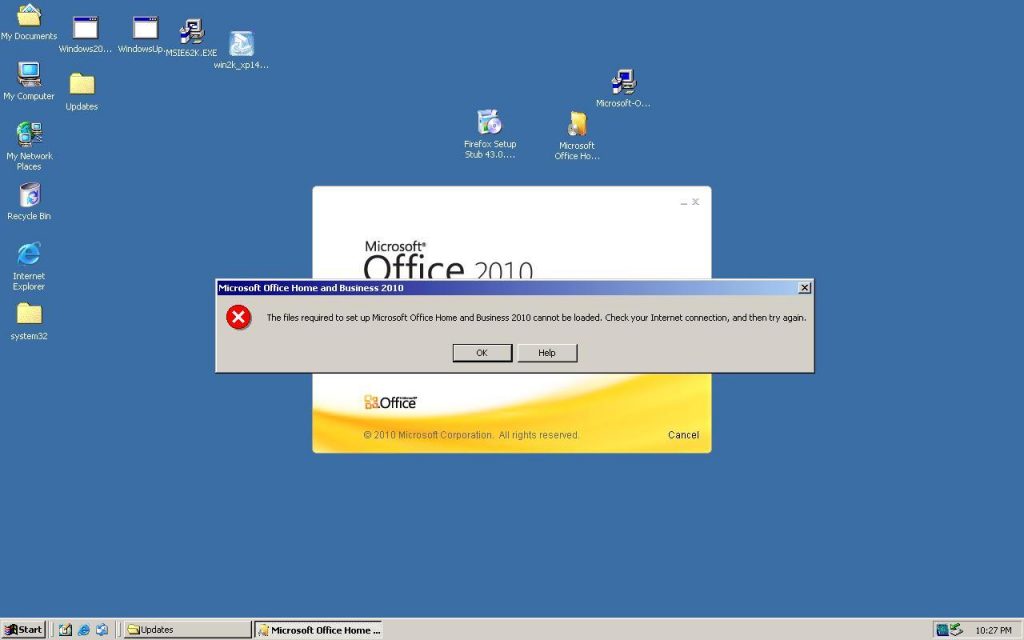
Features
Advantages
- Enhanced Security – Windows Server 2016 introduces new security technologies like Shielded VMs, Just Enough Administration (JEA), and Secure Boot to protect against emerging threats and attacks.
- Flexible Deployment Options – It provides options like Nano Server and Server Core for small footprint deployments, Windows Server Containers for isolation, and expanded Hyper-V capabilities for enterprise virtualization.
- Hybrid Cloud Capabilities – Tight integration with Azure services like Site Recovery, Backup, Active Directory, and others allows building hybrid cloud infrastructures.
Disadvantages
- Licensing Costs – Can be more expensive than competing options like Linux or open source solutions. Licensing is complex for large deployments.
- Proprietary Technology – Being a Microsoft proprietary solution, it can lead to vendor lock-in issues in some cases.
- Complex to Manage – Management can be quite complex for large deployments and requires significant expertise compared to Linux or cloud solutions.
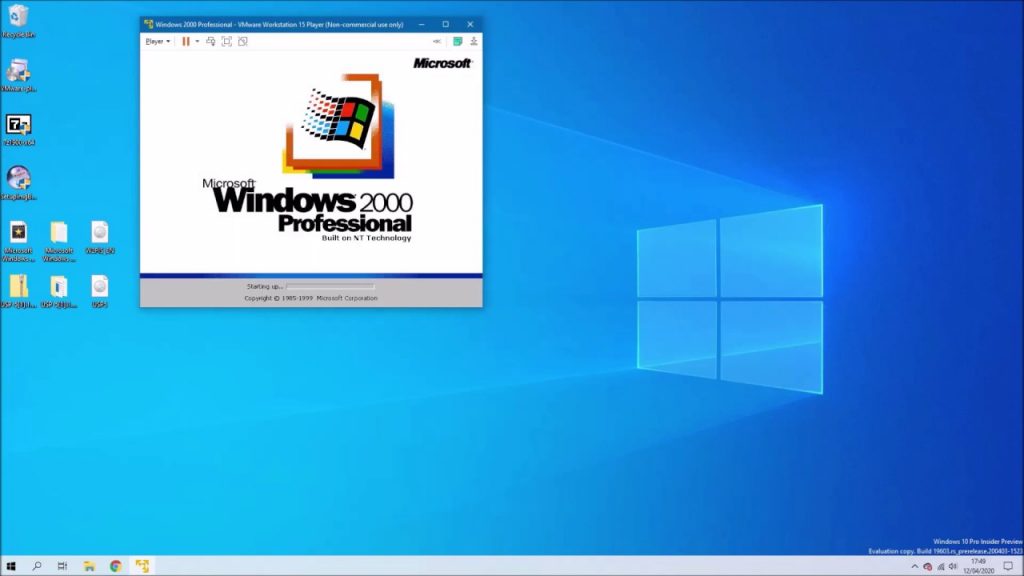
System Requirements
- Memory – Minimum 512 MB RAM required for installation, 2 GB recommended. For production workloads, a minimum of 4 GB RAM is recommended with 8 GB or more being optimal.
- Storage – A minimum of 32 GB disk space for the base OS installation. Additional storage as required based on workloads and usage. Enterprise-grade SSDs recommended for best performance.
- Firmware – 64-bit UEFI firmware is required. Secure Boot and Unified Extensible Firmware Interface (UEFI) mode recommended.
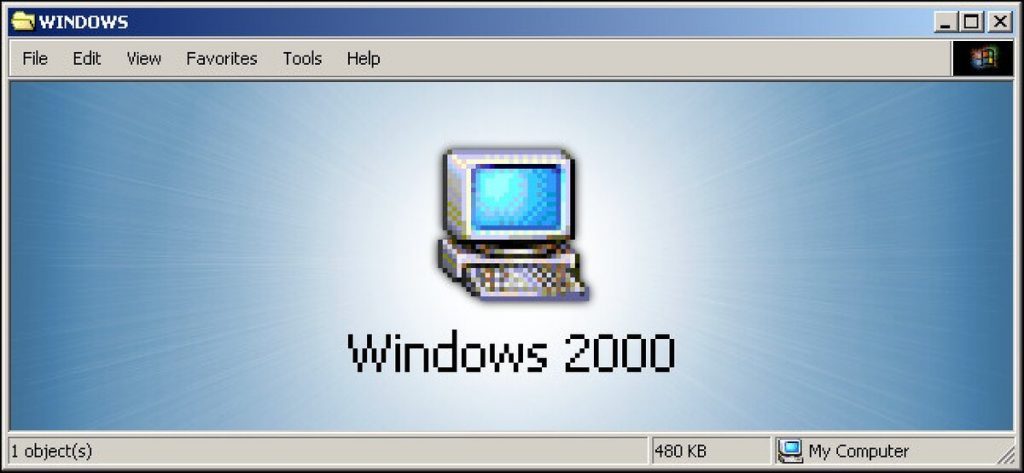
How to download Free Windows 2000 Product Key
- Obtain Installation Files
– You will need to find Windows 2000 installation files from unofficial sources like old software archives online. Microsoft does not provide or recommend using these.
- Download Disk Images
– Once you locate installation files, download the Windows 2000 bootable disk images and drivers as .ISO files. You may need multiple disk images.
- Burn to DVDs
– Use DVD burning software to write the .ISO files to blank DVDs to create bootable Windows 2000 installation discs. Label the DVDs appropriately.
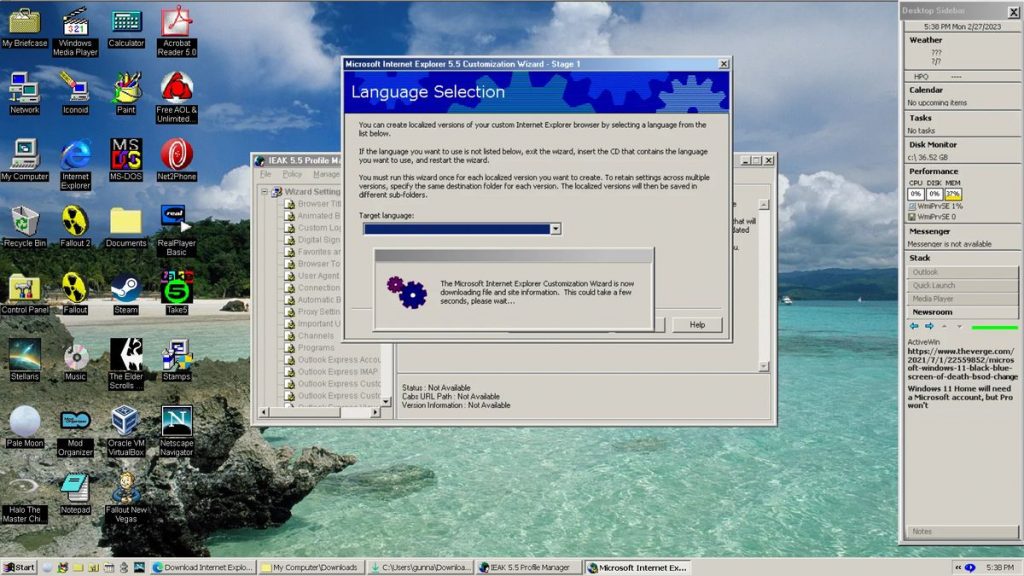
Program Activation Key
- VXKC4-2B3YF-W9MFK-QB3DB-9Y7MB
- V8YCV-T66J9-YDHT3-D8X7W-QV89J
- J4WH4-JXX2W-3FYM7-QJBB8-XKWD8
- QR8T4-P2J49-68J88-79XTP-F2RG8
Alternative programs
- Modern Windows Server – Microsoft’s latest Windows Server versions like Windows Server 2022, 2019 or 2016 provide a much more secure and feature-rich server OS experience.
- Linux Distributions – Ubuntu Server, Red Hat Enterprise Linux, SUSE Linux Enterprise Server are excellent open-source and enterprise-ready server OS alternatives.
- Cloud Computing – Platforms like Microsoft Azure, AWS EC2, and Google Compute Engine allow running virtual servers in the cloud instead of locally.
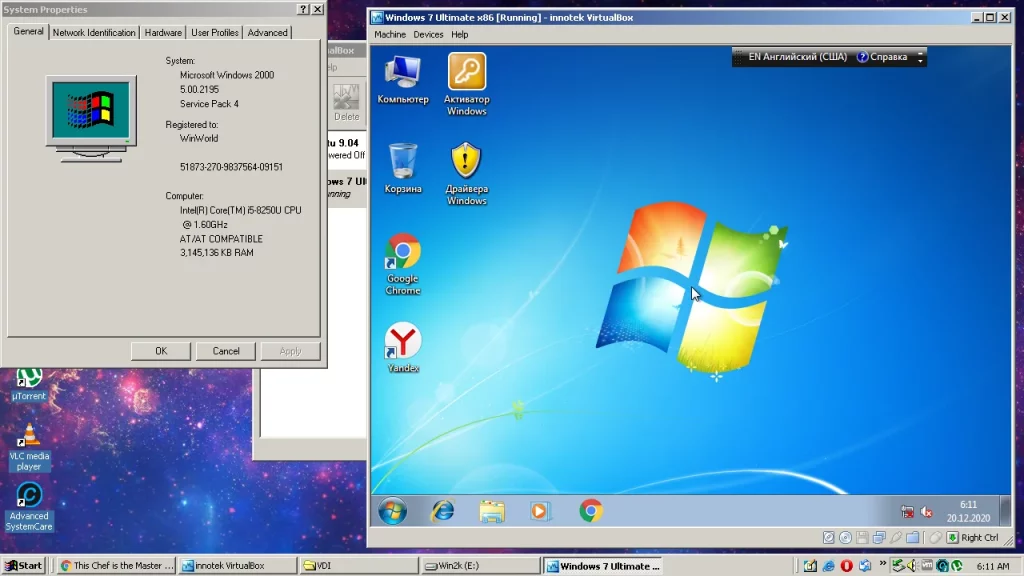
FAQ
A: Major new features include Windows Server Containers and Docker engine for containers, Nano Server for cloud-optimized deployments, enhanced Hyper-V virtualization, Software Defined Networking, Storage Spaces Direct software-defined storage, and advanced security capabilities.
A: At minimum a 1.4Ghz 64-bit CPU with 2 cores and 2GB RAM is required. However, 4 cores, 8GB+ RAM, SSD storage are recommended for production deployments. Hardware virtualization support is also required.
A: Microsoft has simplified licensing into just two editions – Windows Server 2016 OEM Standard serial key and Windows Server 2016 Datacenter. The server License is assigned to the physical hardware, not the OS instances. Up to 2 virtual OS instances is allowed under Standard, unlimited with Datacenter.
Conclusion
In conclusion, when it comes to installing and activating Microsoft Windows on a computer, it is important to have the necessary product key. This key is unique to each copy of the product and allows users to verify their software as genuine. When installing Windows XP or any other version, such as Windows 98 or Windows 2000 Advanced Server, the product key is required to complete the process.
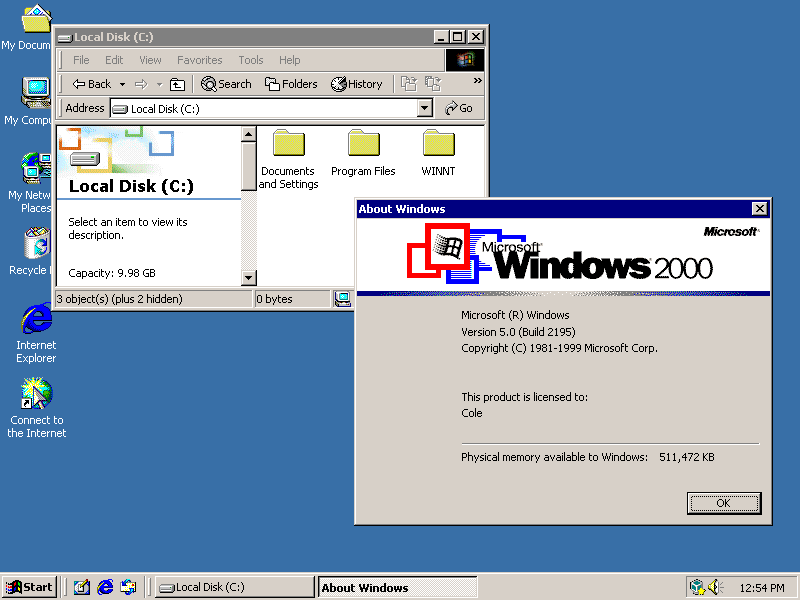
For older versions like Windows 95, retrieving the product key may be more challenging, as it was not stored in the registry. However, for newer versions like Windows Vista, the product key can be retrieved easily using the appropriate software.
Once the product key is obtained, users can proceed with the installation, enabling the necessary network and PC settings. Additionally, activating other Microsoft products, such as Office 2003, may also require a product key. Once activated, users can find the program’s icon and access its features on the computer.
